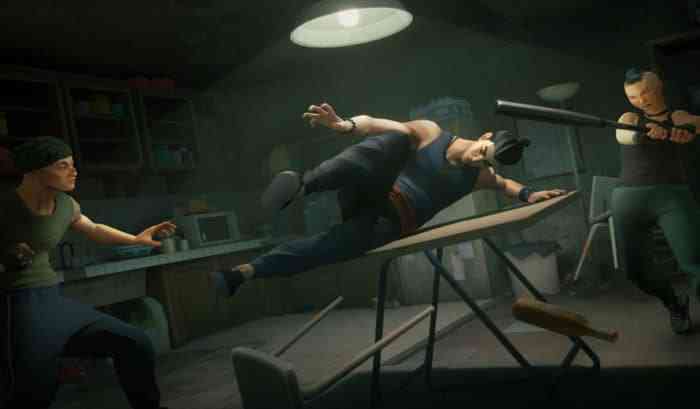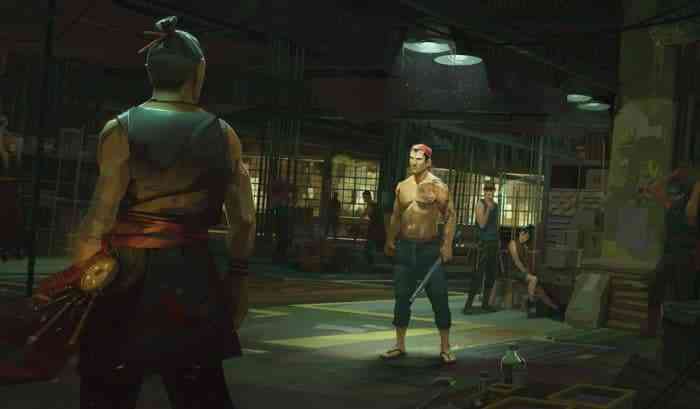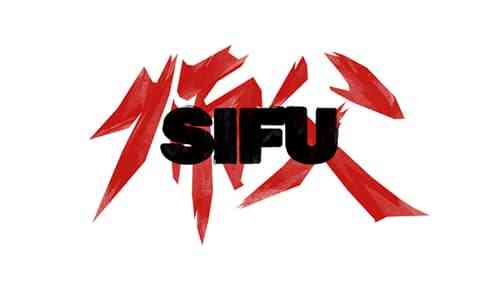Sifu Preview
Just in case you were wondering, “sifu” is a Cantonese word for master or skillful person. Of course, if you’re a fan of martial arts movies or games, you probably know this already. If you can wrap your head and muscle memory around Sloclap’s upcoming brawler, the title will be yours. But it will take some time to get there.
Sifu is from the developer that made Absolver, and it isn’t hard to see that early game as a proof of concept. Sifu is a martial arts fighting game with a bit of roguelite tossed into the sauce. Unlike so many genre mashups, though, this combination feels natural and makes sense. We’ll get to that roguelite element in a minute.
Although none of it was in the demo, Sifu does have a backstory. Your family has been killed, and you are out for revenge. There’s a lot more to it than that, of course, like bosses and areas based on the Chinese elements of wood, fire, metal, earth, and water.

At least in the preview demo I played, there was no preamble, but the full game will include a tutorial. I started in the Wuguan, or home base between missions. There, I could train against AI, I could use points to add skills, or I could study a bulletin board that basically maps out the five areas and kung fu master bosses I was going to face. Each time you fight in that area, more information is added to the board. The vibe is simple and minimal. Once I was ready, I headed out to the mission. For the demo, I was sent to the opening of the game’s second chapter, a seedy club.
Familiar Mechanics + New Ideas
The missions take you to various locations–a club, a museum, an industrial area, etc. –but while the environments will change, the premise remains the same. You’re one against many. It’s you, your skills, your fists, your feet and some basic weapons against groups of thugs and fighters. And they have the same skills you do. It sounds like a familiar refrain, but Sifu does a lot of smart and interesting things.
One of the first and most innovative mechanics has to do with death and aging. You have a magic amulet with a set number of coins. Each time you die, you use a coin to revive and rejoin the fight. When all the coins are used, you start a new run. You don’t just come back to life, though. Every time you resurrect, you’re a little older, but stronger. To balance against this, you come back with less health. It encourages you to approach combat more aggressively.
During each run, you have the chance to visit shrines, where you can buy skills and upgrades. These only apply to your current run, however. If you want to buy permanent upgrades at your dojo, you need to hoard your points, which makes the current run that much more difficult. The loss of skills during a run and the need to start a mission from the beginning add the roguelite element. Happily, while the skills available at shrines are random and change during each run, the levels and enemies remain the same.

Kung Fu Fighting
Although the game is several months from release, the combat is deep yet accessible and generally fantastic. Of course you have the martial arts basics like punching, dodging, kicking and blocking, with a ton of combos and variations on them. Block too often and you deplete your structure meter, which opens you up to attack. Of course you can use this weakness against your enemies as well. Sifu really pushes the player to be assertive.
Most encounters are between you and small or large groups of enemies, so you quickly need to learn crowd management. Sometimes that means isolating one or two opponents, or using the space to your advantage. Often it means crippling an enemy and taking their weapon. You learn to avoid being surrounded.
Sifu’s environments are amazing playgrounds of opportunity. Highly destructible, you can use furniture as weapons, stun opponents with bottles, slam heads into walls. In short, you can be the martial arts movie kung fu master with the fists and feet of fury you dreamed about. Combat in Sifu is incredibly fluid. It can be very challenging, too, but always felt fair. If, that is, I had the smarts and muscle memory to figure out what to do. In a weird way, it almost had that Dark Souls vibe, where combat is overwhelming until you have the skills.

Sifu’s art is stylized. It’s not overly concerned with detail but is colorful and evocative. It’s also very intentional. Most everything is useful in combat. I’m looking forward to seeing all of Sifu’s locations and how they visually handle the ideas of elements. More important than bleeding edge graphics is how combat looks. Spoiler: it looks great, it controls well, and feels impactful.
I appreciated that Sifu seems to be laser-focused on making its martial arts combat the centerpiece of the game. The idea of character aging, the roguelite elements and the dozens of skills and upgrades are all there to enhance an already solid foundation. Will its gameplay grow repetitive over time? Given the game’s depth and challenge, and the opportunities for skill development, it seems doubtful. Whether you’re a diehard fan of kung fu or just enjoy well made action games, you should mark your calendars for the Sifu’s release on February 8, 2022.
***PC code provided by the publisher for preview***

